In our ongoing work of researching events that have taken place here in the West we have discovered a little known fact relating to the Battle of the Little Bighorn and it is nothing short of amazing. Although thousands of hours of research and numerous books have been devoted to the climatic events of June 1876 where General George Armstrong Custer led the valiant men of the 7th Cavalry into one of the greatest defeats in American history at the hands of the largest assemblage of Indians ever gathered, they missed one amazing fact.
That fact was there was an unknown photographer attached to the regiment to record the anticipated victory of the General in the expected upcoming battles with the various tribes. His name is unrecorded in the rolls of the members of the expedition so it is surmised that he must have volunteered to accompany them after the orders were cut for the forth coming action by Custer and the 7th. It is more probable that Custer met him and hired him out of his own pocket to immortalize his place in history, which would account for him not being on the official records. We are diligently working to learn more about this photographer but have been stymied by the lack of information we can make up.
We were researching the early records of the battle in a dim musty room in the basement of the Bighorn county courthouse in Hardin Montana for a project of our own, when a decrepit old file folder fell out from behind a desk we were moving and split open. Inside was a treasure trove of faded pictures, handwritten notes, folded maps, a few letters from some of the enlisted men they had given the photographer to be mailed when they got back to civilization and other odds and ends.
As far as can be determined these items were placed in the courthouse around 1915 two years after the Courthouse was built, and were destined to be held there until a proper museum could be built where they were then to be put on display for all to see. Evidentially the folder containing all of the items had slipped down behind the desk and were forgotten until we happened across them.
As we sorted through the hundreds of pictures of the daily lives of the men of the 7th cavalry, including various depictions of actions that took place along the way of men on horseback, wagons filled with the supplies needed to support a mission of this size pulled by mules, the Officers leading the troop, even the General himself, and remarkably even some of the hostiles, the image above came to our attention.
Images printed on paper from fragile pixels, as opposed to those images done on glass plates, or the even older method used by Daguerreotypes, were just coming into favor at this time and this one was beautifully hand-tinted with the utmost care taken to recreate the colors as they must have been when the picture was recorded. Each print had been carefully noted with the men’s names, the date of the image, the location, etc. in pencil on the back of each print. Unfortunately in this case of this image the names and some of the other information had been disfigured and faded due to the image getting wet at some point.
We were able to make out the name of the river, “Little Bighorn”, the date “something illegible – 1876”, and mysteriously the phrase “Hostile’s!”. Whether this pertained to Indians in pursuit of what appear to be two scouts returning, or some other event related to Indian activity we cannot ascertain at this point. Perhaps more information will turn up as we study this material further.
We are incredibly fortunate to have discovered this invaluable material and are busy sifting through it gleaning whatever new information might be hidden within its faded remains. We will be passing on anything we find that sheds new light on this important time in our history, and perhaps more about this unknown photographer.

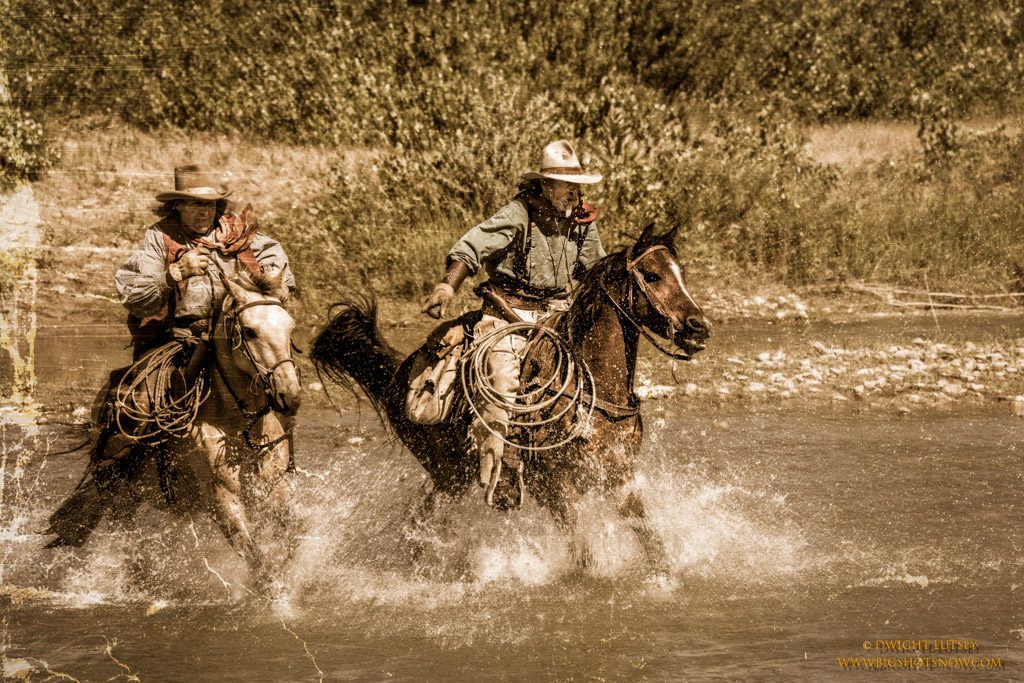

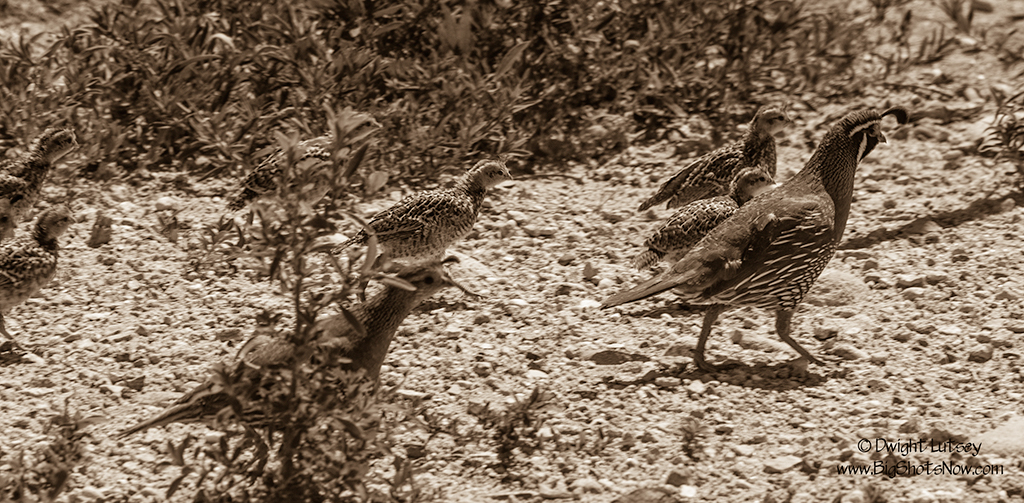

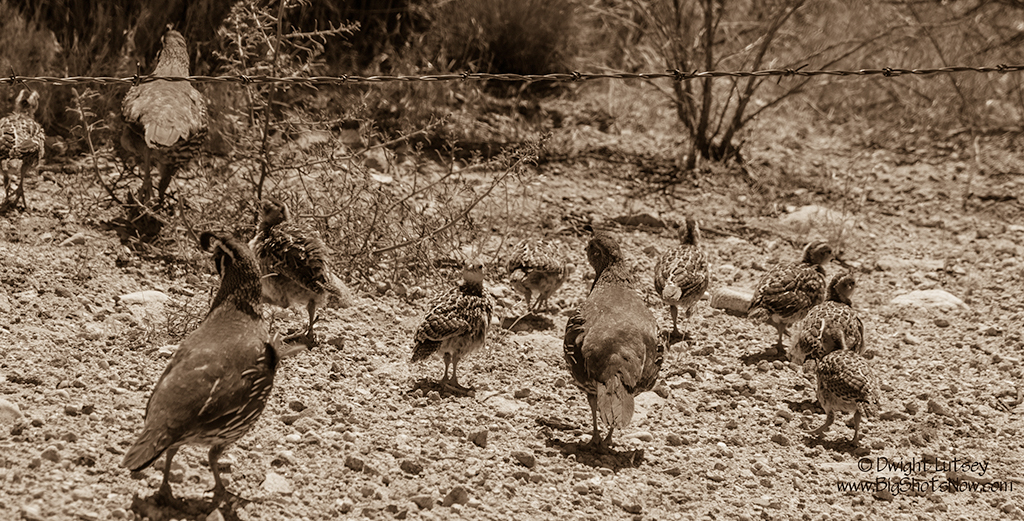
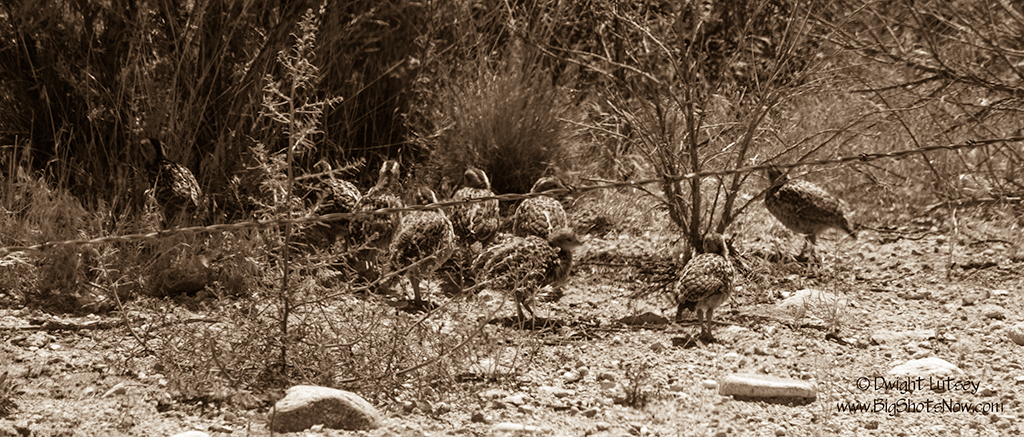
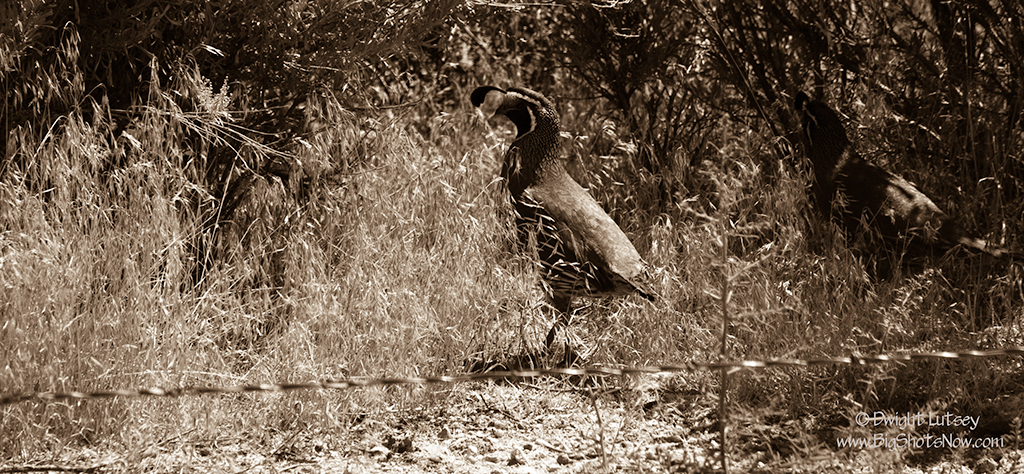
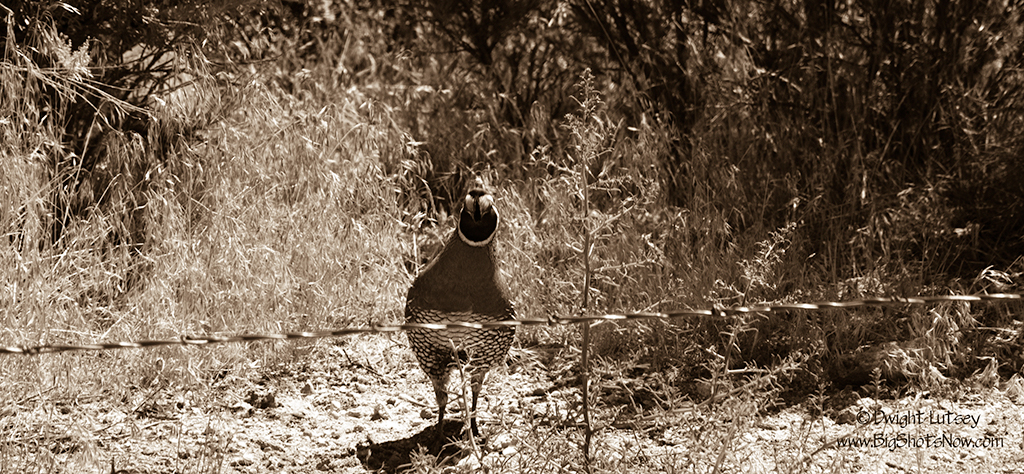
You must be logged in to post a comment.